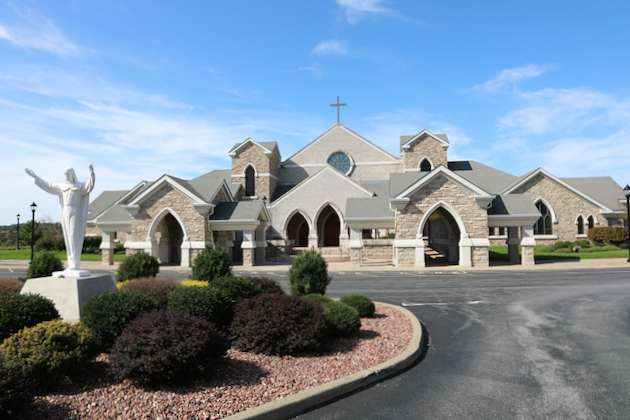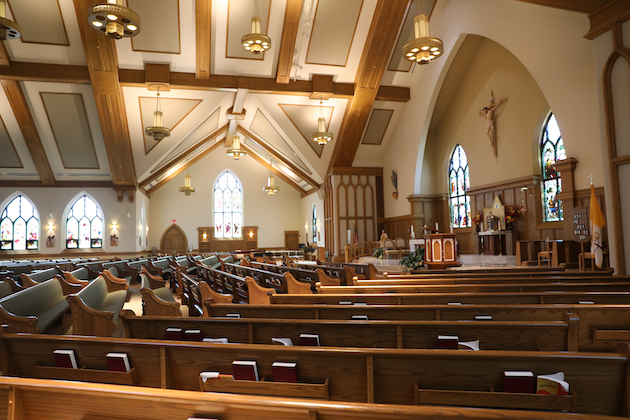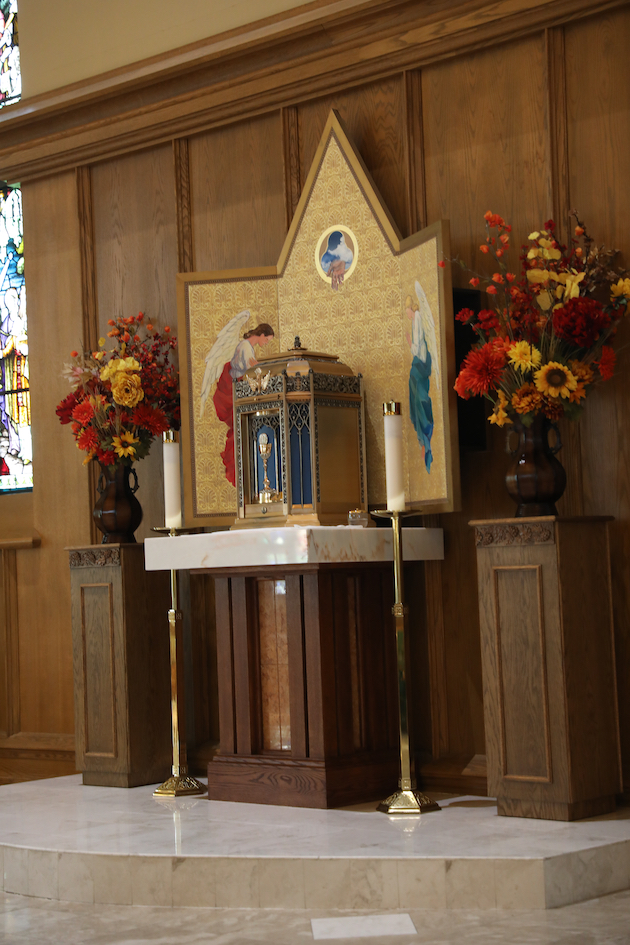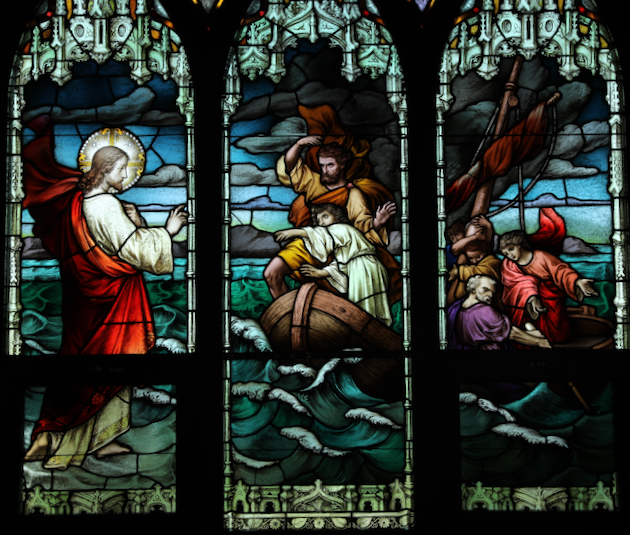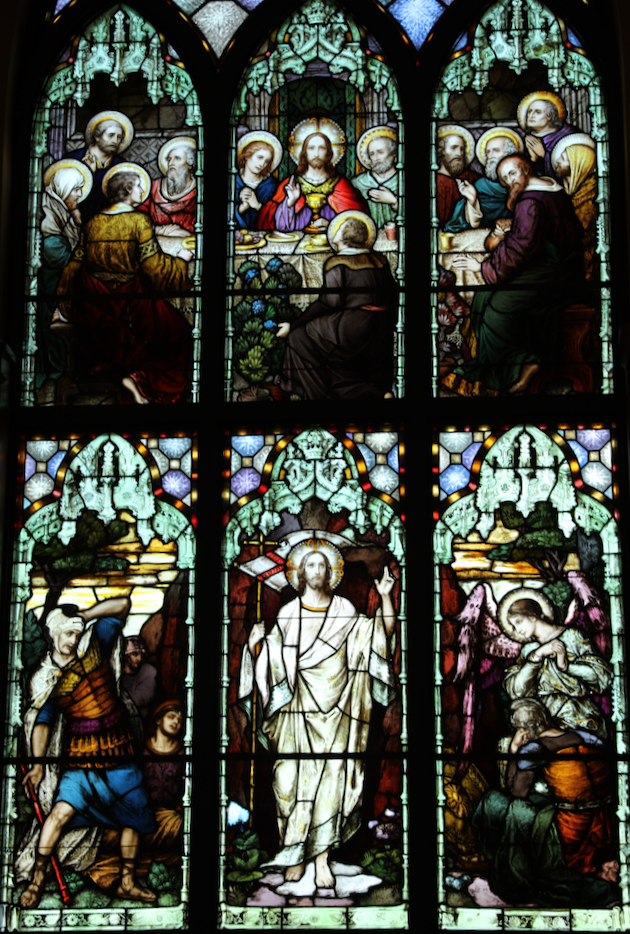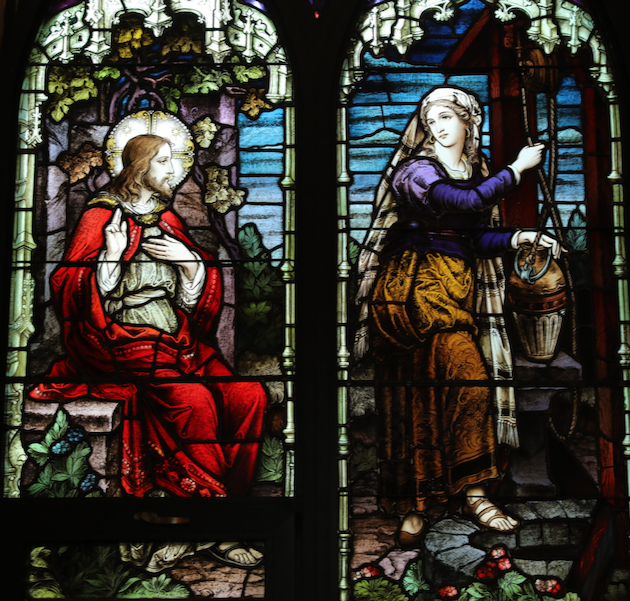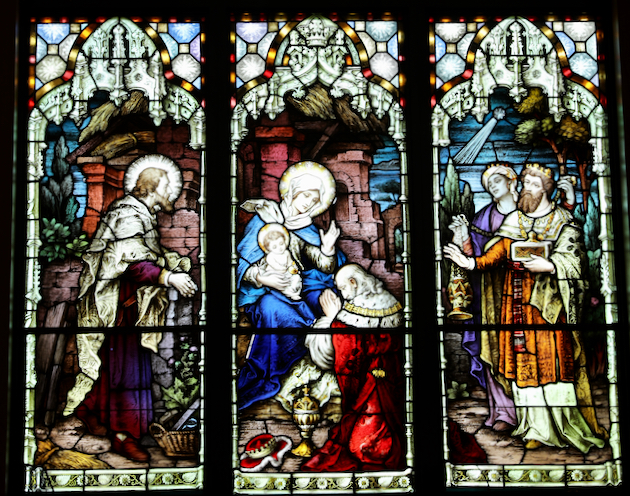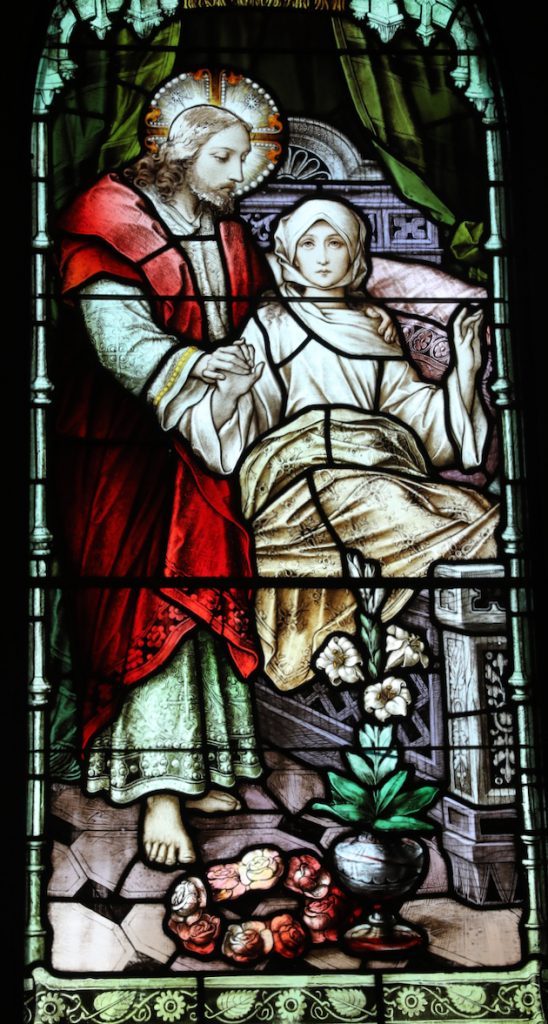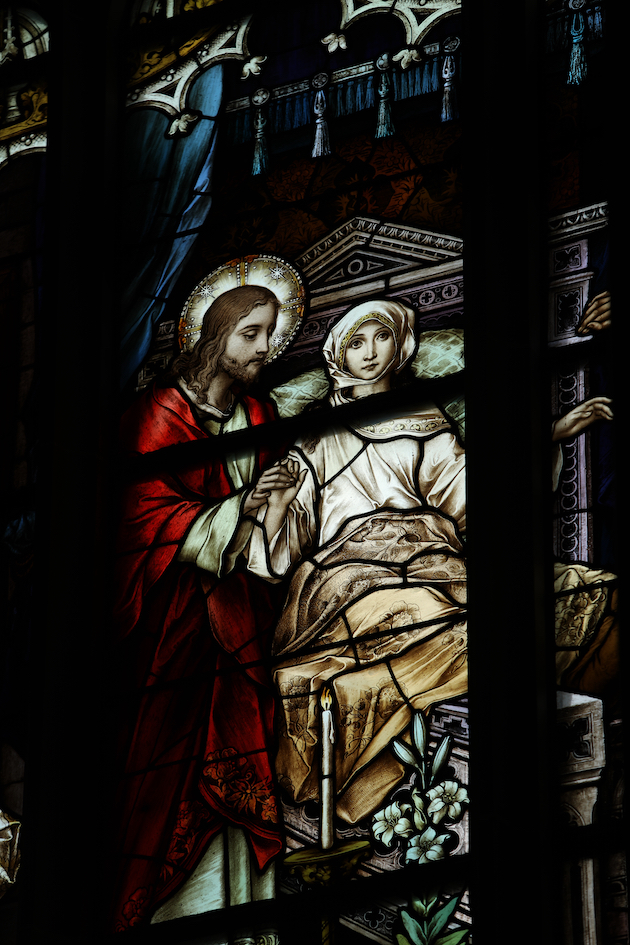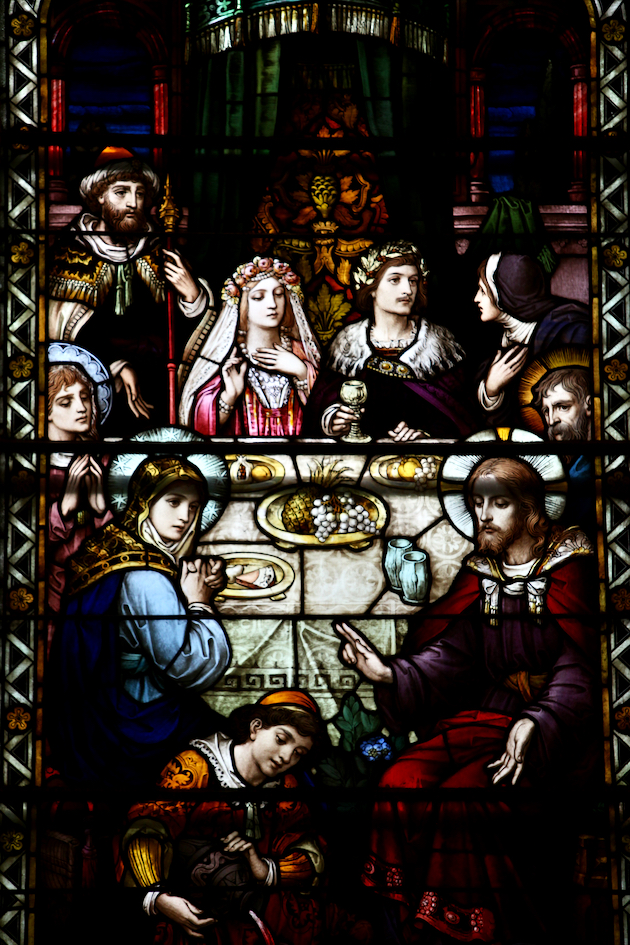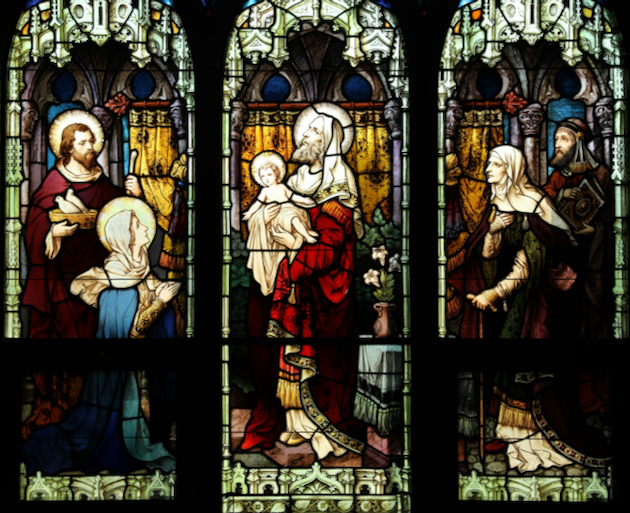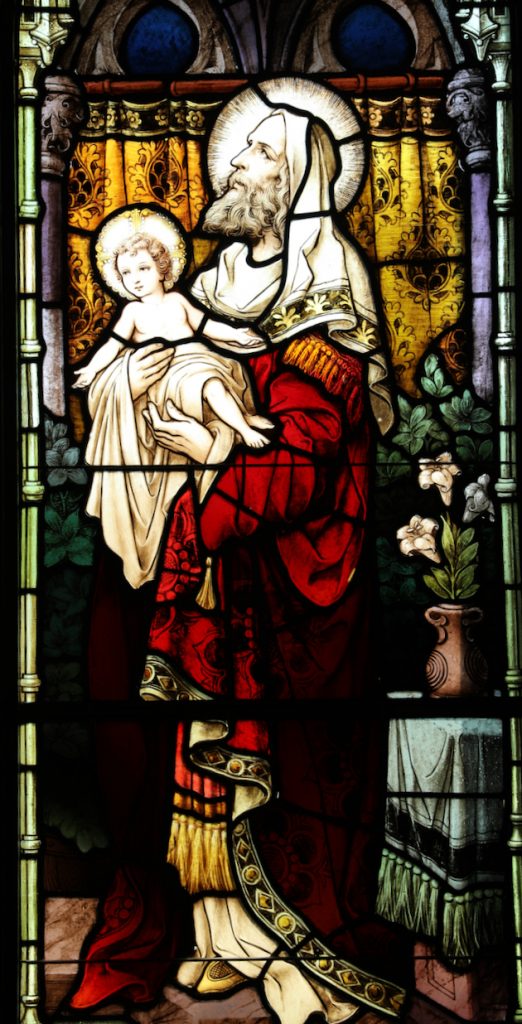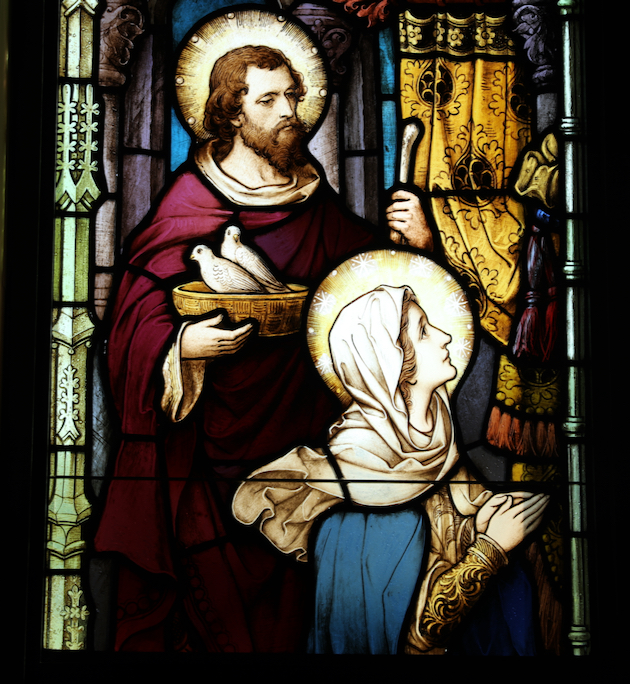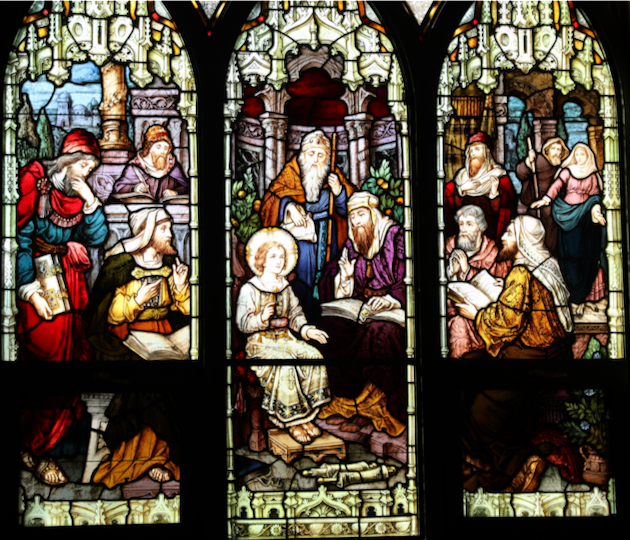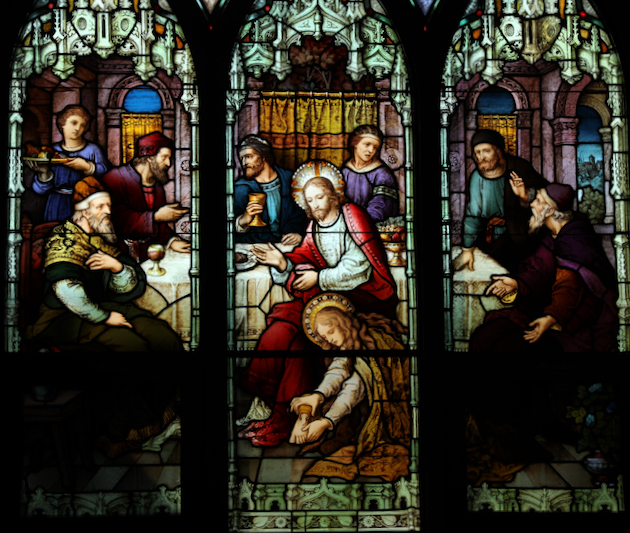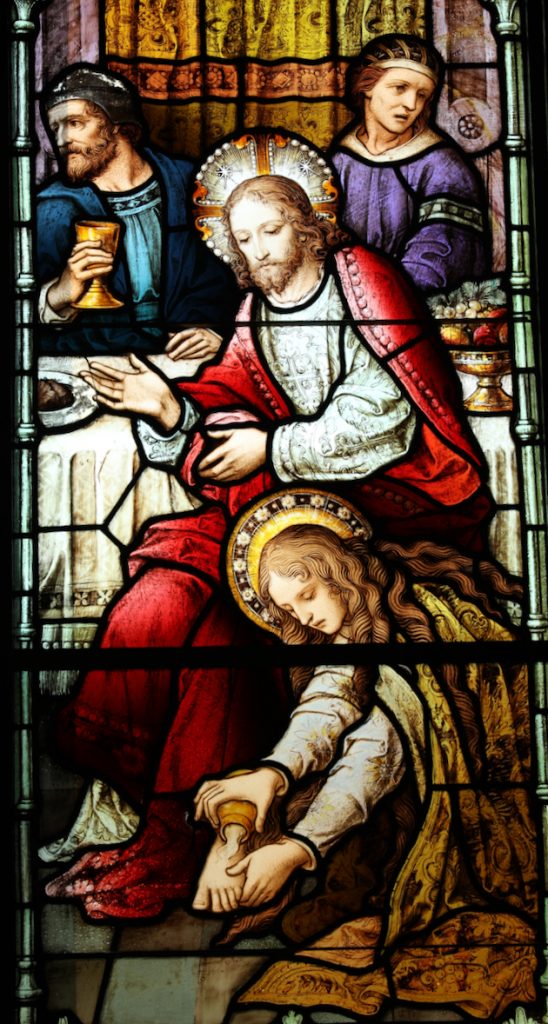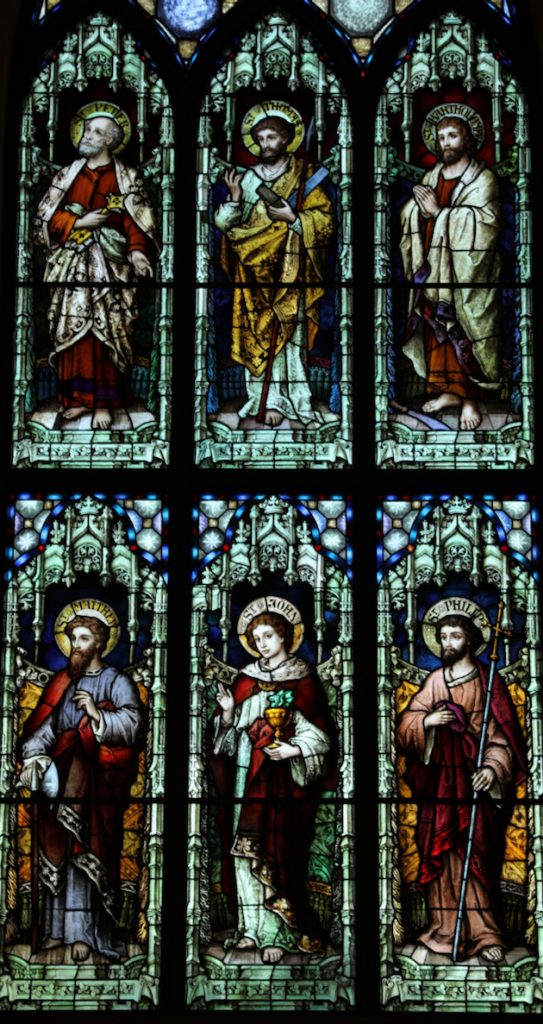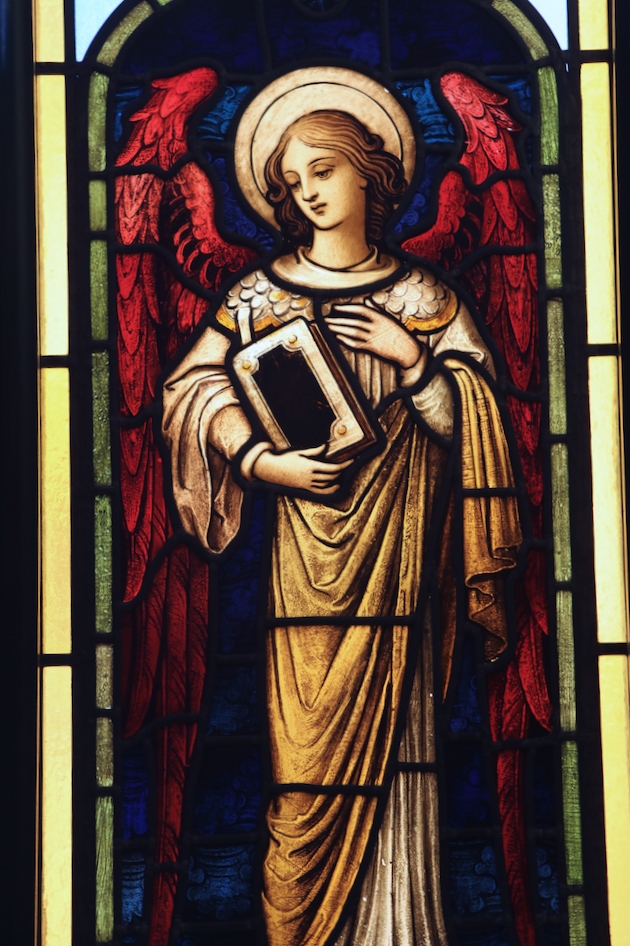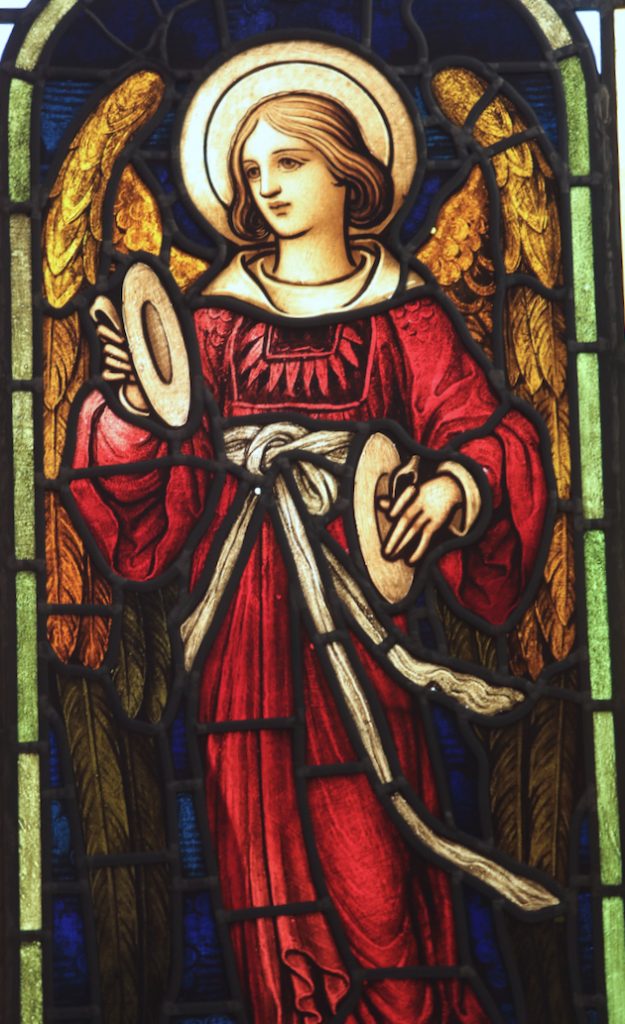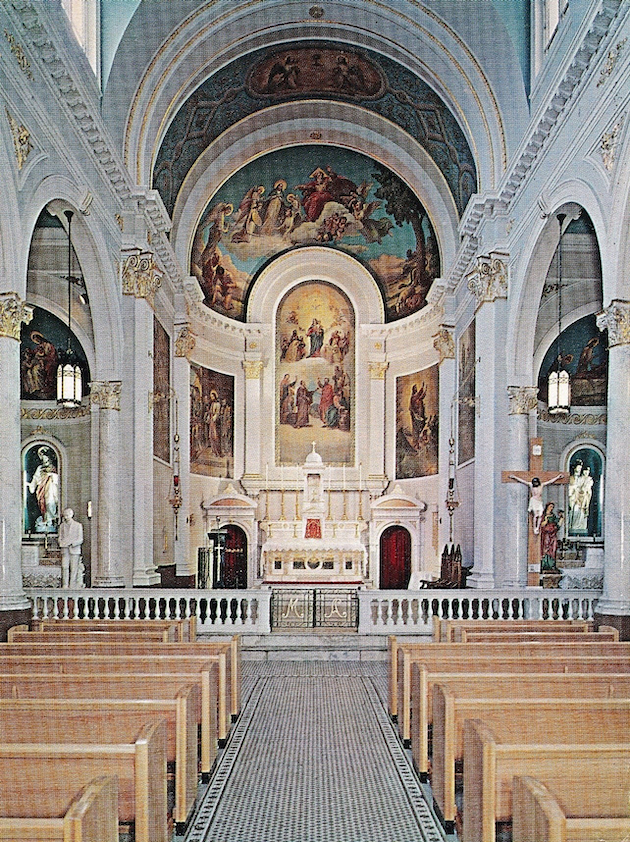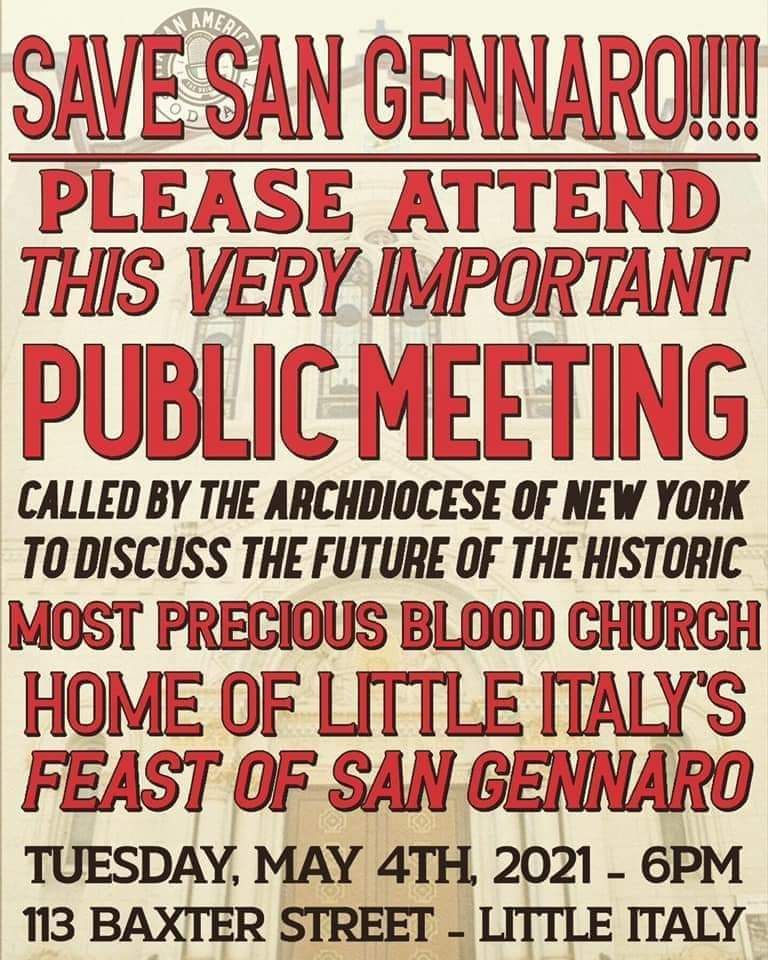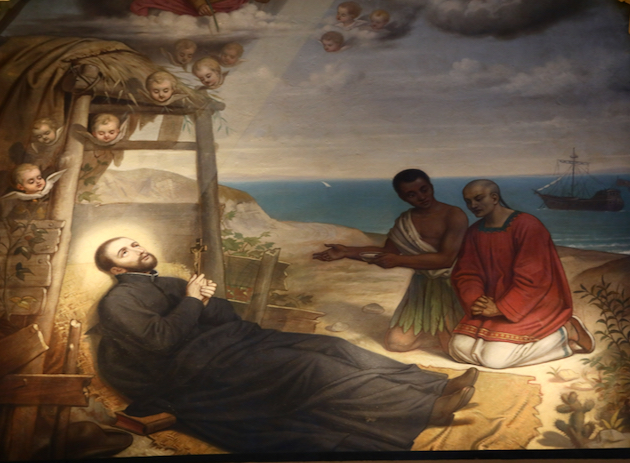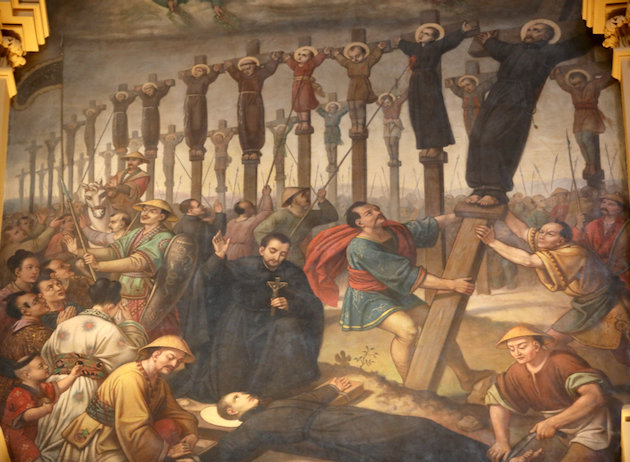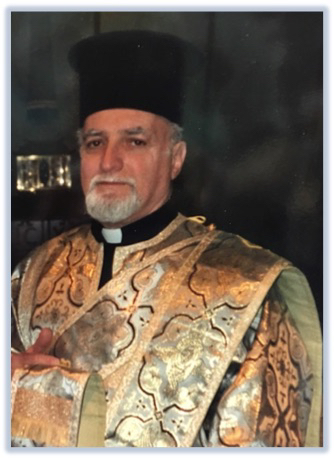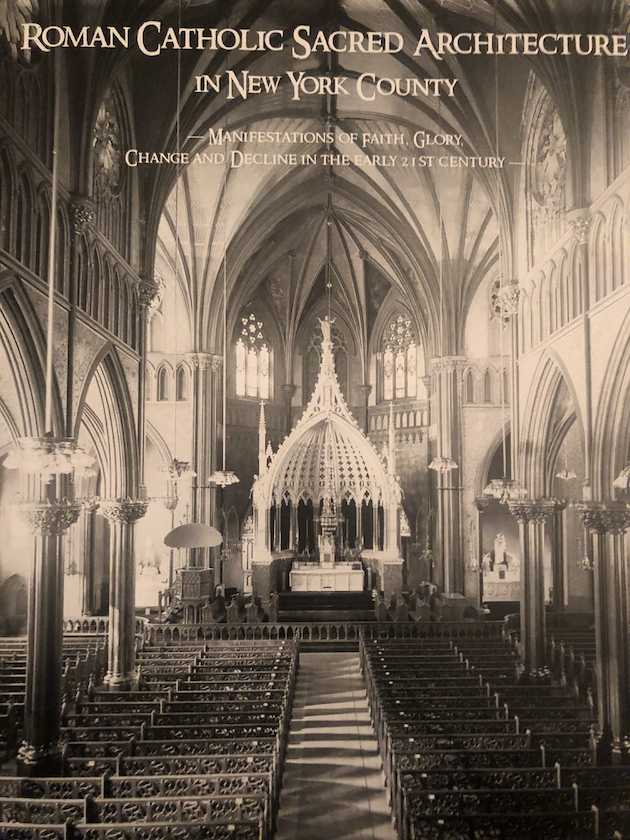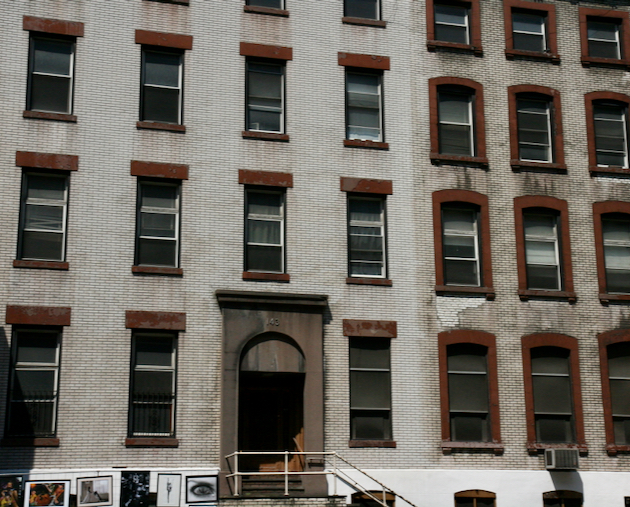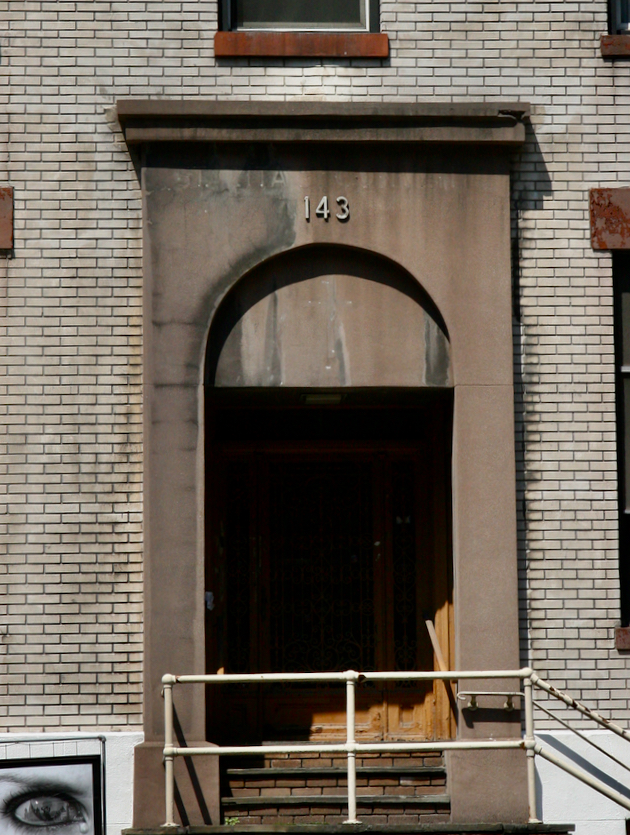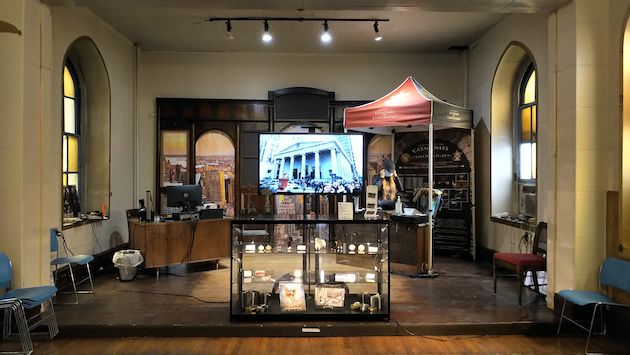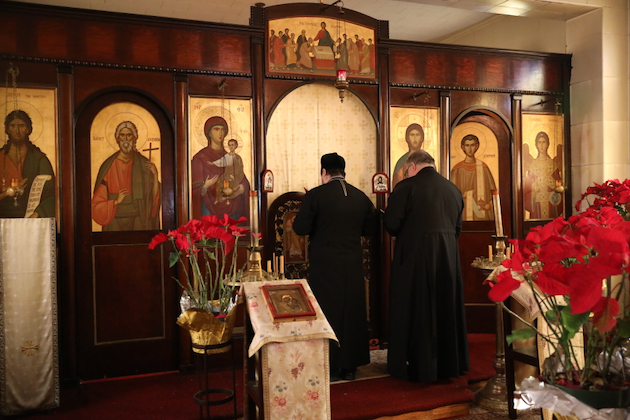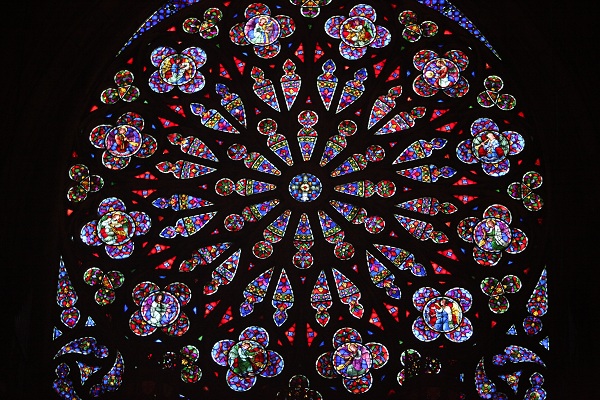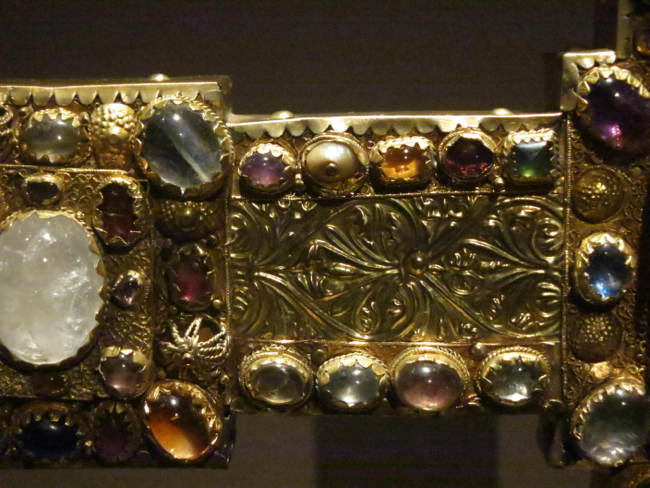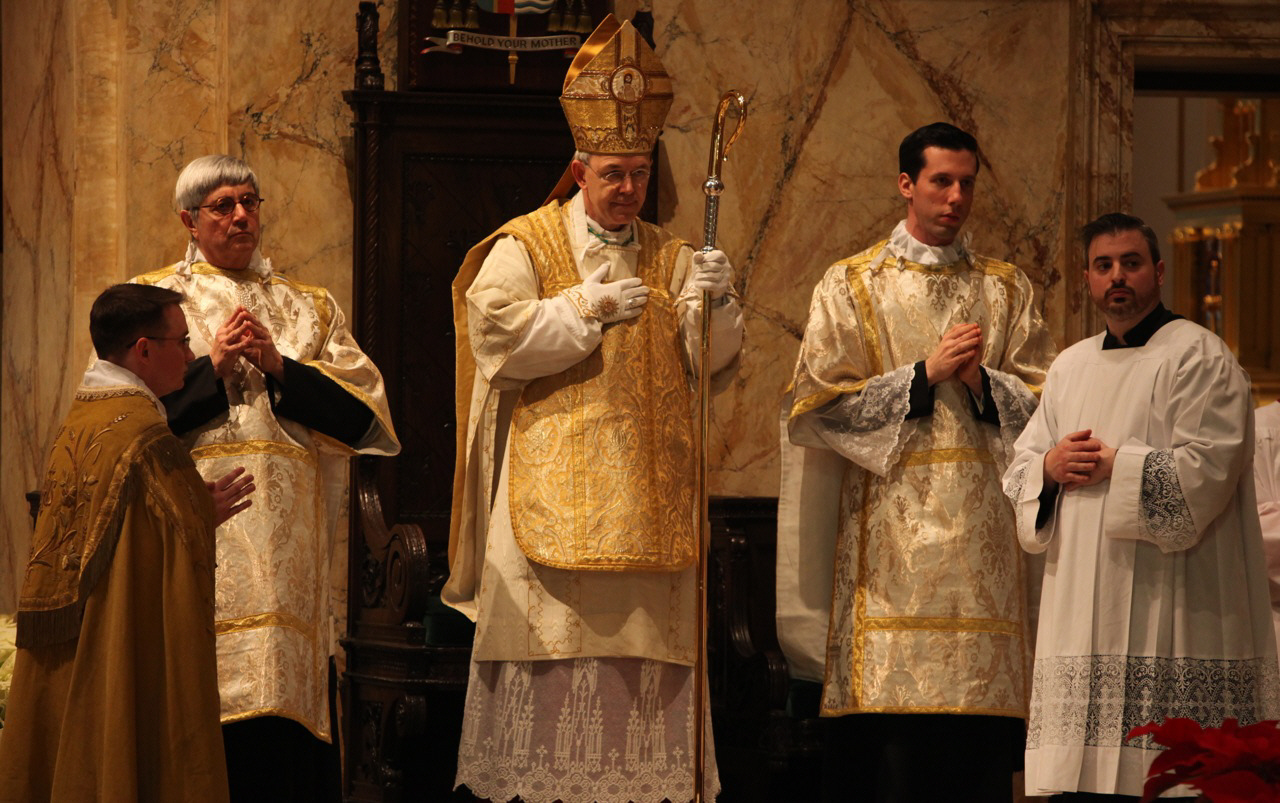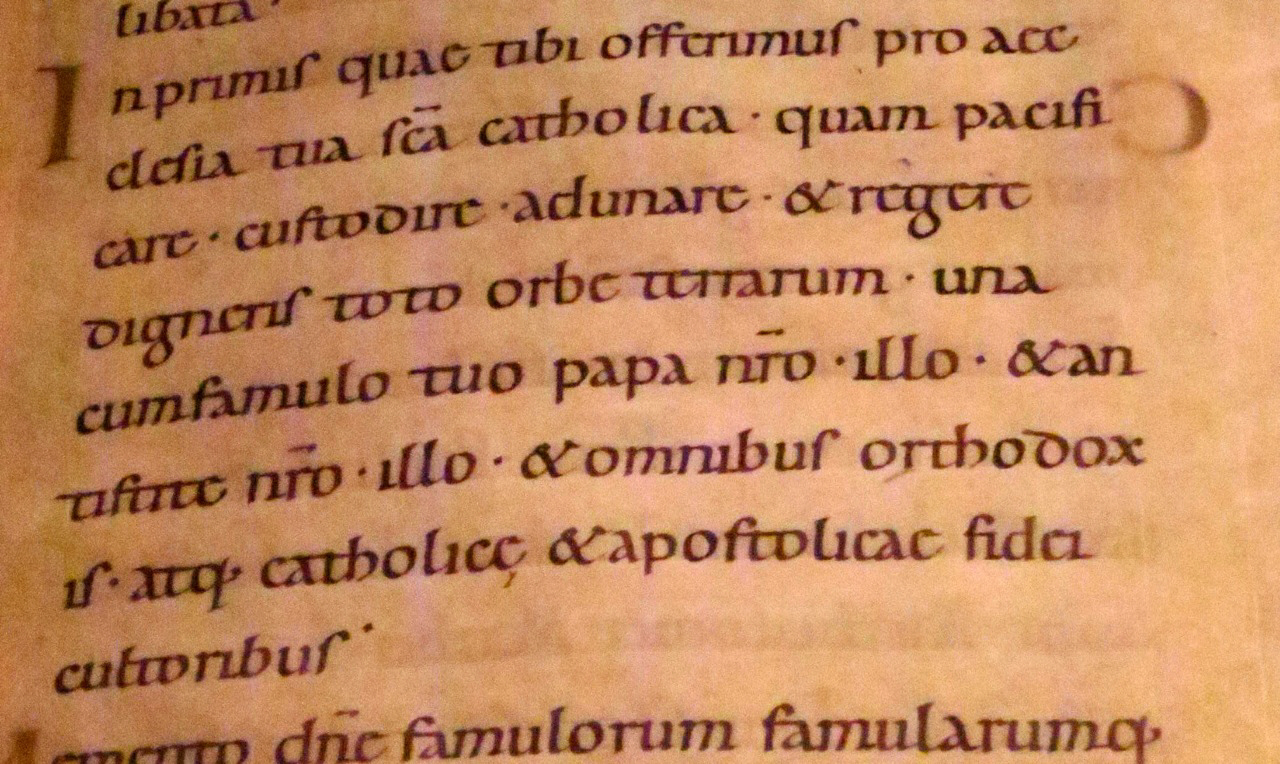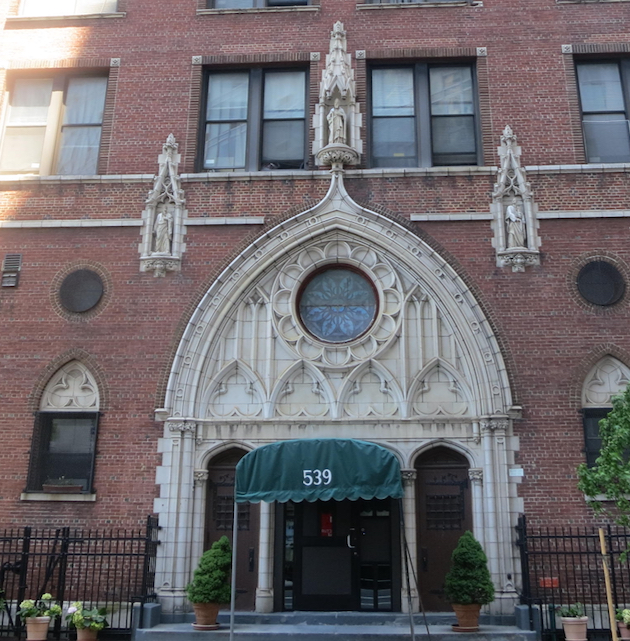
Centro Maria functioned for decades as a residence for women in the city. Yet, it was housed in a building that had started as a parish – St Ambrose.1) It was one of those curious New York City structures that, given the high cost of building, had united school, rectory and church all under one roof. (Corpus Christi parish near Columbia University is a later example) St. Ambrose parish, inaugurated with great fanfare, quickly fell victim to the increasingly dominant commercial focus of the West Side and the resulting depopulation. Yet through all these years this structure preserved its religious dedication, if in a different manner.
Now, it is reported, the Archdiocese’s need to fund legal settlements has brought Centro Maria and the heritage of a long-vanished parish to an end. Last year, the Sisters of Mary Immaculate, who ran it, and the last tenants were told to vacate:
The nuns and residents living there have been told by the Archdiocese of New York that they must leave by August 31, several people with knowledge of the plan told THE CITY.
They say the Archdiocese had been threatening to close Centro Maria and sell the 1910 building — a 30,000-square-foot, four-story property in Hell’s Kitchen — for at least a year.
But earlier this month, the sources said, the Church made a final decision to shutter the residence and told Centro Maria’s leadership the sale is needed to raise funds to pay for hundreds of sexual abuse lawsuits. 2)
We read the property is now earmarked for demolition:
Plans were filed with the city on Thursday to demolish the four-story brick building on West 54th Street that housed the Centro Maria Residence. Built in 1910 between 10th and 11th avenues, the building was also home to St. Ambrose’s Church. 3).
It had been listed for sale and is now “under contract”:
JLL has been exclusively retained to market for sale 539 West 54th Street, an outstanding development opportunity located between 10th and 11th Avenues, along the border of Hell’s Kitchen and Lincoln Square on Manhattan’s west side. Currently known as the Centro Maria, 539 West 54th Street is improved by a 5-story convent and religious establishment totaling approximately 43,500 square feet. The existing structure consists of dorm style rooms, common area spaces, a cafeteria and chapel. 4)
I had often walked by Centro Maria. I once had tried to obtain permission to photograph the chapel of the residence – only eventually to be turned down by the sisters (it was open, I recall, to the public for Sunday mass). I have found on the internet, however, several images of the chapel. These photos reveal that in the interior very little had remained of the old St. Ambrose church. And now, this relic, not just of the past but also of an apostolate, very recently flourishing, in the City – falls victim to the grim realities of today’s Church….
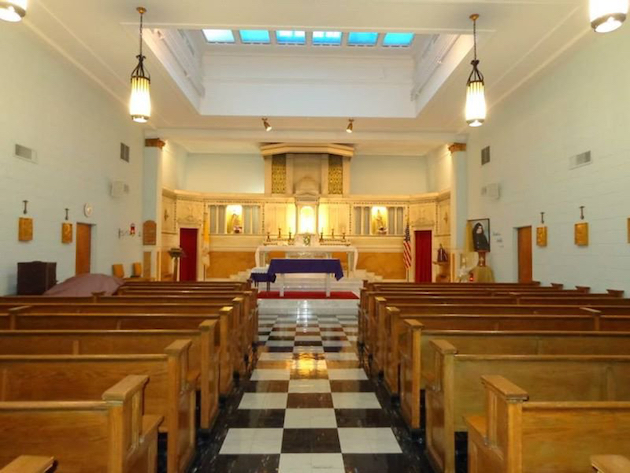

- See The Churches of New York: Losses 5
- Holliday Smith, Rachel, “Beloved ‘Centro Maria’ Women’s Home to shut as Allies blame Church’s Lawsuits,” The City, 8/24/2020 at https://www.amny.com/news/beloved-centro-maria-womens-home-to-shut-as-allies-blame-churchs-lawsuits/
- Garber, Nick, “Longtime Hell’s Kitchen Women’s Home Faces Demolition, Plans Show” Patch.com 10/22/2021
- https://www.us.jll.com/en/investorcenter/land-development-site/539-west-54th-street-newyork-ny-unitedstates
- “Centro Maria,” Yelp (accessed 10/28/2021) (More photos of the interior)
(Thanks to Sam Howard)


